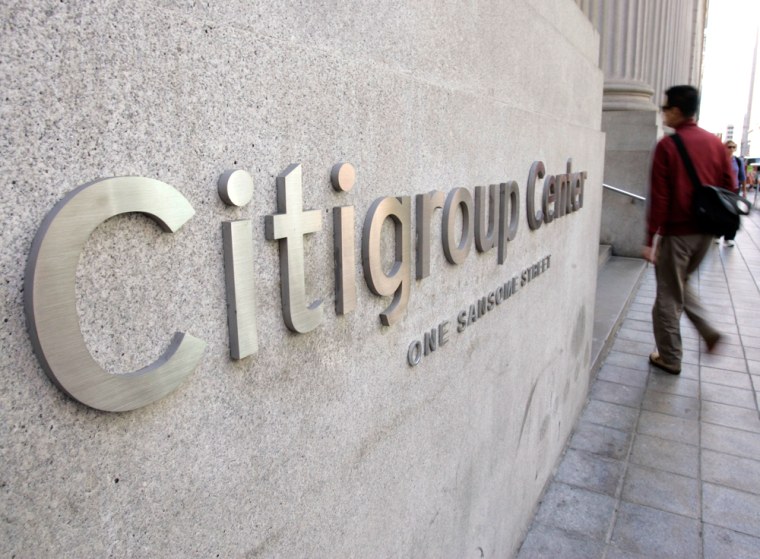Ann Arbor Commerce Bank should be in the mood to lend money. Smack in the middle of an affluent college town, the community bank has largely been spared the economic angst roiling the rest of Michigan and the U.S. The bank, which has $360 million in assets, didn't make many risky loans, so losses are low and capital is plentiful. But in recent months the bank has politely referred some customers to other lenders. Says CEO Richard Dorner: "Capital is tight, and we're preserving ours."
The defensive crouch that Dorner and other bank executives have adopted is creating a quandary for Federal Reserve Chairman Ben Bernanke, Treasury Secretary Henry Paulson, and other Washington policymakers who are trying to get credit flowing freely across the economy.
The government is reaching deep into its pockets to stimulate the credit markets, most recently with a plan to inject $250 billion into big banks. But while there are small signs of improvement — notably a modest drop in the rate banks charge one another to borrow money — the initiatives are being blunted by banks' reluctance to loosen their purse strings. Right now the modest uptick in lending is coming mostly from panicked companies drawing down existing lines of credit rather than new loans.
Simply put, banks are hoarding cash, and the influx of government money won't necessarily change their plans. That's the case with Citigroup, which has shrunk the size of its balance sheet by 13 percent over the past year and plans to cut even further. "We're not going to treat [the money from the government] like a windfall and back off of the measures that we have under way to get the company fit," Citigroup Chief Financial Officer Gary Crittenden told analysts recently.
Depressed credit market until 2010
The industry may be hunkering down for a while. In a recent survey by data firm Reuters LPC, 40 percent of lenders and loan investors said they didn't expect the credit climate to improve significantly until 2010, after the worst of the recession has passed. "Lending won't start until everyone agrees the bottom has been reached," Richard M. Kovacevich, chairman of San Francisco-based Wells Fargo told BusinessWeek in an interview with Maria Bartiromo.
Some contraction is not only unavoidable but desirable. After all, the economy is going through a natural cleansing as borrowers leveraged to the hilt work down their debt.
The markets will eventually find the right equilibrium — but that could take months, or even years. "We have kind of a chicken-and-egg problem" that no bank will lend until others do so first, says Marvin Goodfriend, an economist at Carnegie Mellon University and former research director at the Federal Reserve Bank of Richmond.
It doesn't help that some of the government's own bank examiners may be browbeating firms to stockpile cash. Industry experts contend these field staffers, who are assigned banks to watch over on a day-to-day basis, believe they're graded only on whether their institutions fail or not — a mindset that makes them overly cautious in the current environment.
A similar approach by examiners during the banking crisis in the early 1990s, say experts, prolonged the recession back then. Some bankers say they're feeling the same heat today to plow any spare funds into reserves rather than new loans. "[The government] has to make sure that [their] examiners don't all act like they're the 'regulator from hell,'" says Bert Ely, a consultant who advises scores of banks.
Little help from the private sector
Banks could go to the private sector for the extra capital to support additional lending. But the government's expeditious approach to shutting down troubled banks and recapitalizing the survivors may be discouraging private investment — the ultimate goal for a recovery in the industry.
Last April private equity shop TPG and other major firms plowed $7 billion into troubled lender Washington Mutual. Five months later their stake was wiped out when regulators seized WaMu and sold it to JPMorgan Chase.
At the same time, it's hard for private investors to match the government's generous terms. The Treasury requires banks that accept its money to pay Uncle Sam only a 5 percent annual dividend.
When Warren Buffett bought a $5 billion stake in Goldman Sachs in late September, the investment bank agreed to pay Buffett 10 percent a year. "The government is not an investment bank, and they're not a hedge fund," says William M. Isaac, former chairman of the Federal Deposit Insurance Corp., the bank overseer. "They're just trying to solve a crisis, and they shouldn't crowd out the private sector."
Of course, gun-shy banks are only part of the lending problem. The government also faces challenges in the so-called shadow banking system, the myriad of nonbanks that play an equally critical role in providing credit to the economy.
On Oct. 21 the Fed extended a $540 billion lifeline to money-market funds — a key source of very short-term funding to corporations. But Bernanke may have to provide support to other troubled markets, such as those for the securities backed by credit cards and car loans — markets that have dried up as hedge funds have pulled out. That means Uncle Sam's awkward dance with skittish lenders could continue for some time.
